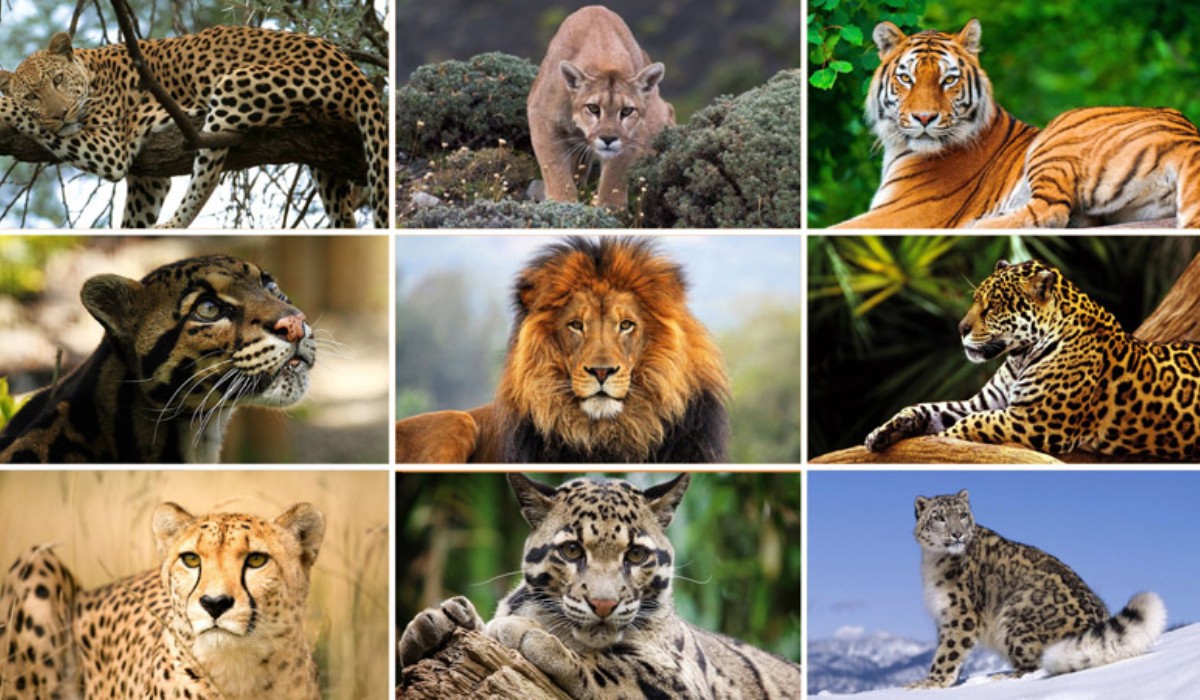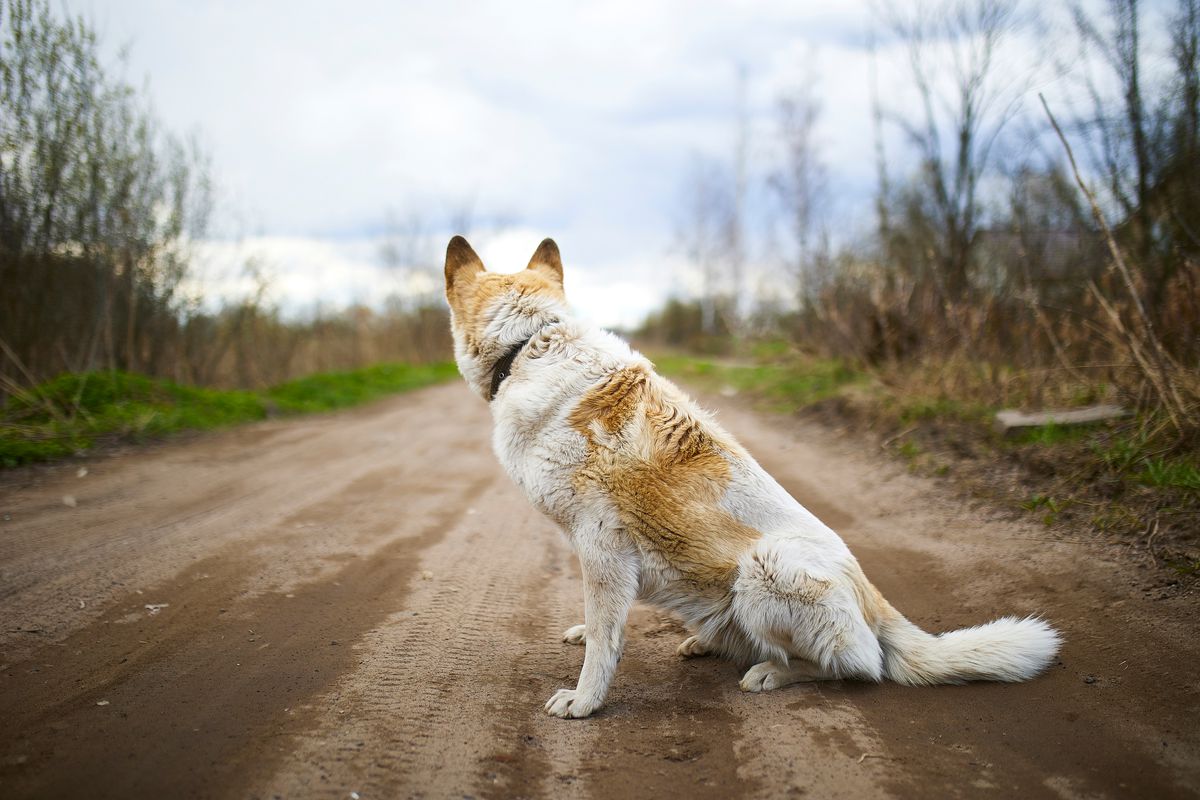Big cats, belonging to the Panthera genus, are a majestic and diverse group of large feline predators that roam various habitats around the world. Distinguishing between these magnificent creatures requires an understanding of their unique characteristics, markings, and behaviors. Whether you’re a wildlife enthusiast or just curious about these powerful predators, here’s a guide to help you differentiate between some of the most iconic big cats.
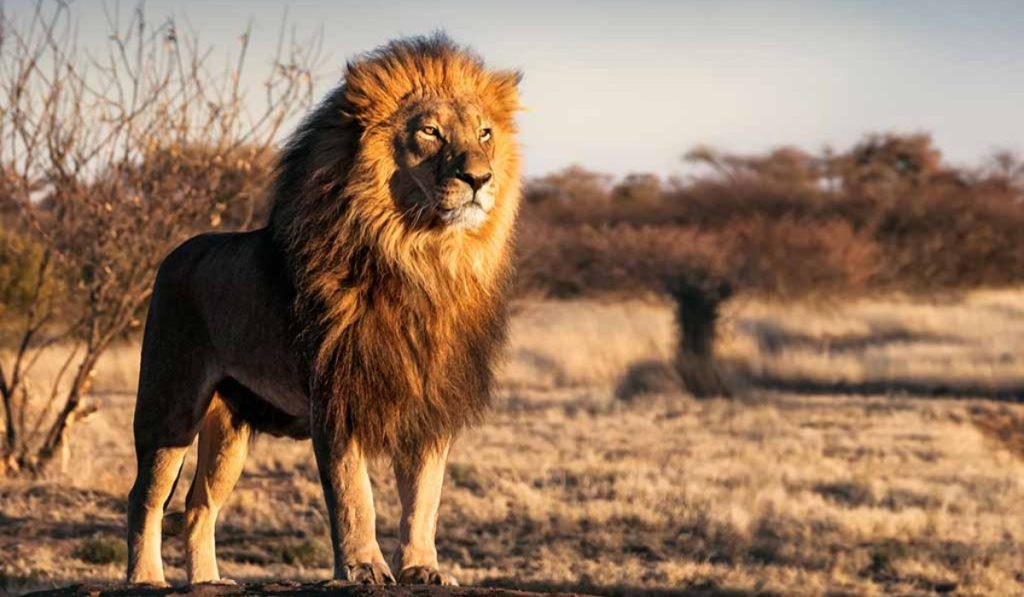
Size and Build:
- Lion (Panthera leo): Lions are the only big cats that display sexual dimorphism, meaning males are significantly larger than females. They have a robust build with a prominent mane in males.
- Tiger (Panthera tigris): Tigers are the largest of all big cats, known for their muscular bodies and distinctive orange coat with dark stripes.
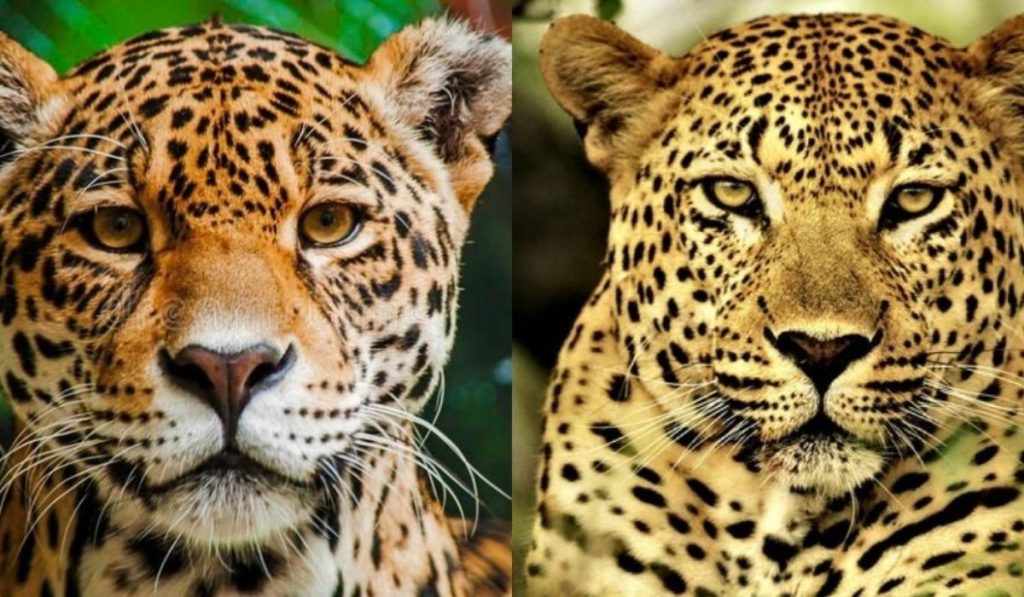
Coat Patterns:
- Leopard (Panthera pardus): Leopards have a sleek, spotted coat with rosettes (rose-shaped markings). The arrangement of these rosettes is unique to each leopard, aiding in individual identification.
- Jaguar (Panthera onca): Jaguars also have a coat with rosettes, but these are larger and more spaced out than those of leopards. Jaguars often have a more robust build.
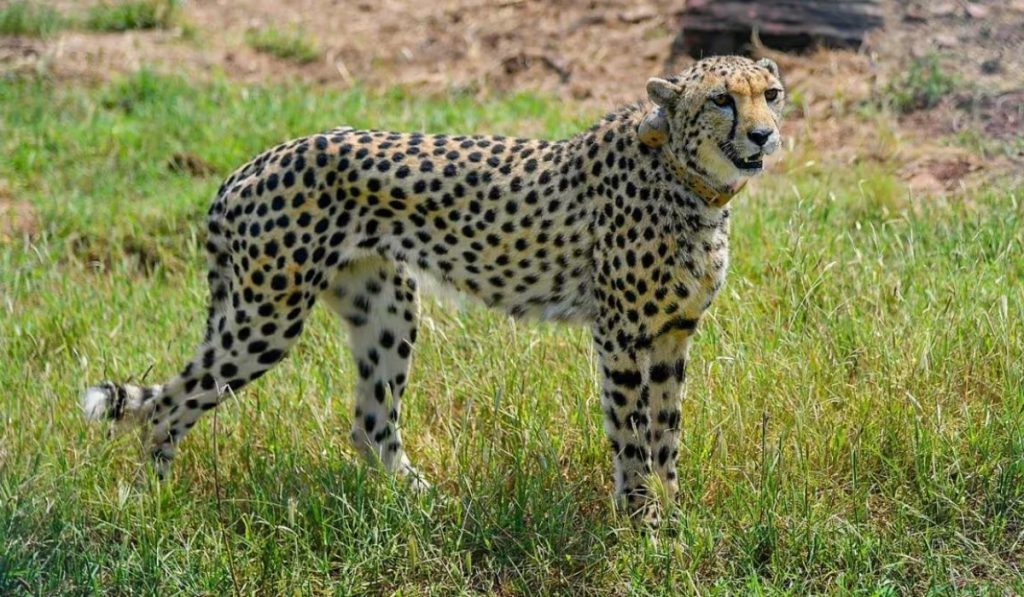
Coat Color:
- Cheetah (Acinonyx jubatus): Cheetahs stand out with their tan coat and characteristic black tear stripes on their faces. Unlike other big cats, cheetahs lack the prominent rosettes or stripes.
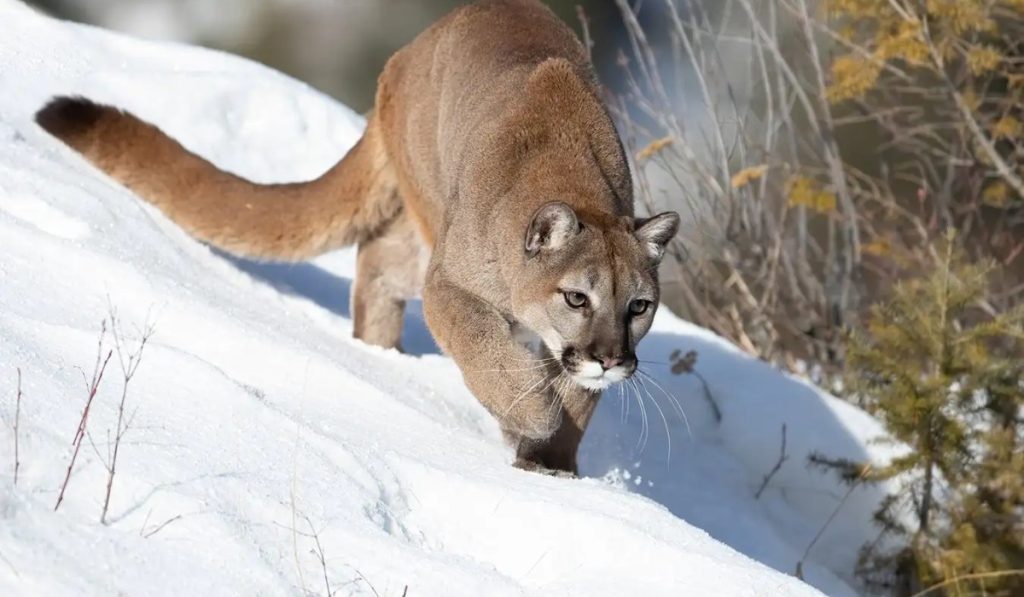
Tail Characteristics:
- Snow Leopard (Panthera uncia): Adapted to mountainous terrains, snow leopards have a thick, long tail for balance and warmth. Their coat is beautifully patterned with spots.
- Cougar (Puma concolor): Also known as mountain lions or pumas, cougars have a slender, elongated body and a long tail. They lack the distinctive markings of other big cats.

Habitat and Geographic Distribution:
- Jaguar: Jaguars are primarily found in rainforests of the Americas, adapting to both terrestrial and aquatic environments.
- Snow Leopard: Inhabiting the high-altitude mountain ranges of Central and South Asia, snow leopards are adapted to cold climates.
- Cheetah: Cheetahs are well-suited to open grasslands and savannas, relying on their speed for hunting.
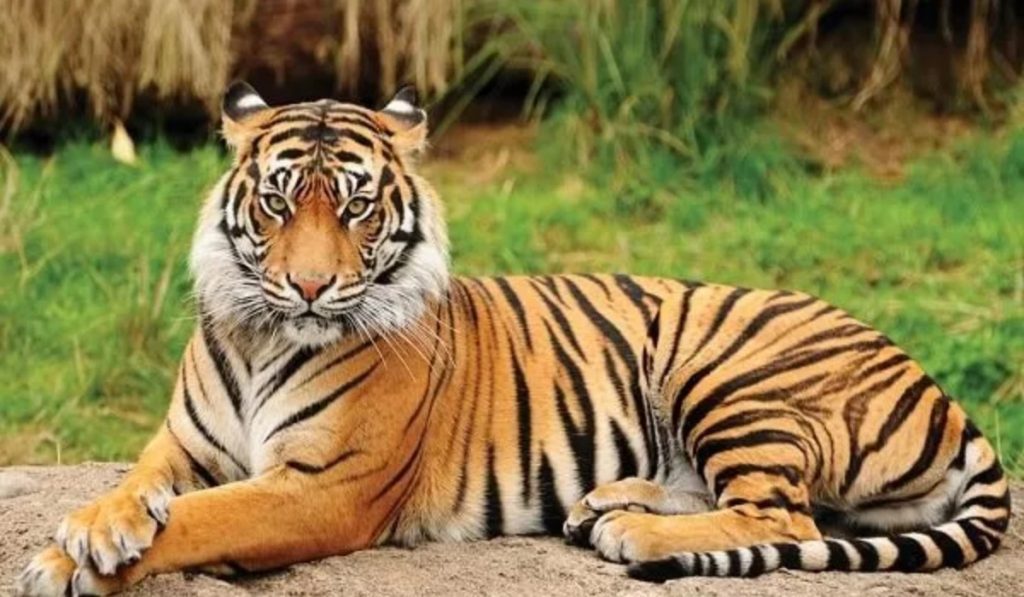
Behavioral Traits:
- Lion: Lions are known for their social behavior, living in prides. Male lions often form coalitions for protection and territory defense.
- Tiger: Tigers are generally solitary and territorial. They are adept swimmers and often enjoy bathing to cool off.
Distinguishing between big cats is not only a matter of recognizing physical features but also understanding their habitats, behaviors, and geographic locations. Each species contributes to the rich tapestry of our planet’s biodiversity, showcasing the marvels of the animal kingdom. The more we learn about these magnificent creatures, the better equipped we are to appreciate and conserve their habitats for generations to come.
Also Read: Indian Navy: Navigating Waters of Excellence – Key Knowledge Facts







